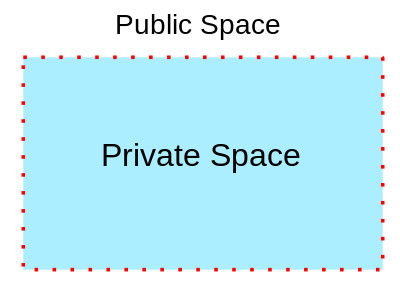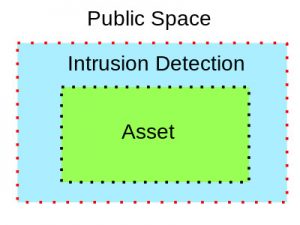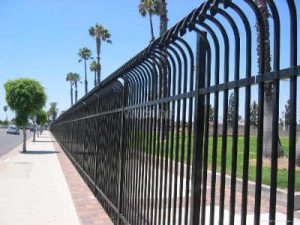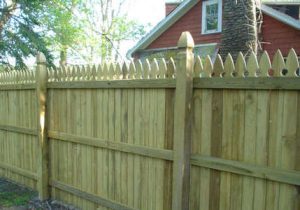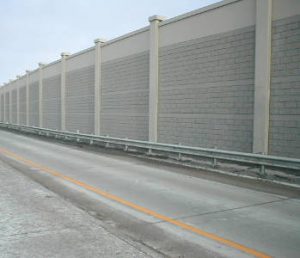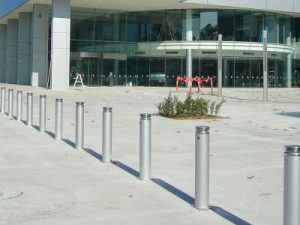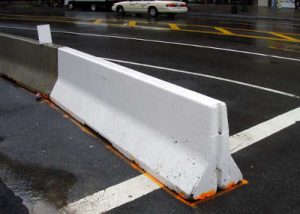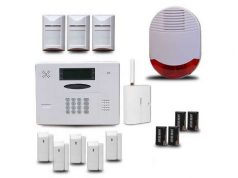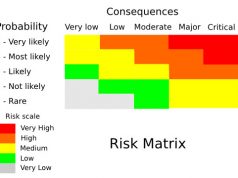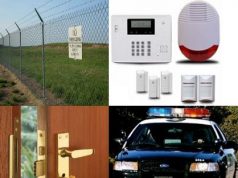The first thing to do in order to protect an asset is to set up a perimeter around it.
In fact, we usually set up at least two of them, an inner perimeter and an outer perimeter.
The role of a perimeter is to separate two spaces.
A perimeter is built with barriers. These barriers could be walls or fences.
In a home defense scenario, the inner perimeter is built with the walls, doors and windows of the house. People keep their property inside that space.
The outer perimeter could be a wood fence. Its role is to mark the boundary between public and private space. It also deters intrusion.
In IT, one can set up perimeters with routers, firewalls or proxies.
Having two perimeters creates a space between them. That space can be monitored by guards, CCTV or alarm sensors.
Intrusion detection systems deployed there, may give less false alarms than at the outer perimeter.
Some types of barriers used to set up perimeters
Chain-link fence
- Cheap
- Very low maintenance
- Can see both sides of the fence
Wrought-iron fence
- Good looking
- Solid
- More expensive than chain-link
Wood fence
- Mostly used to separate residential lots
- Cheaper than wrought-iron
- Better looking than chain-link
Concrete wall
- Very solid
- Protects from observation
- Sound insulation
Planters
- Good looking
- Anti-vehicle
Bollards
- Anti-vehicle
Jersey barrier (K-rail)
- Anti-vehicle
In order to enter the perimeter, an opening in the barrier must exist. It is often the weakest point of the perimeter.
The opening is usually a door or a gate. When possible, it should be built with the same material as the rest of the barrier.
Since the opening of the perimeter is its weakest part, access control is desirable at that point. That is why doors and gates often have locks …
Access control will be the subject of another article.

























